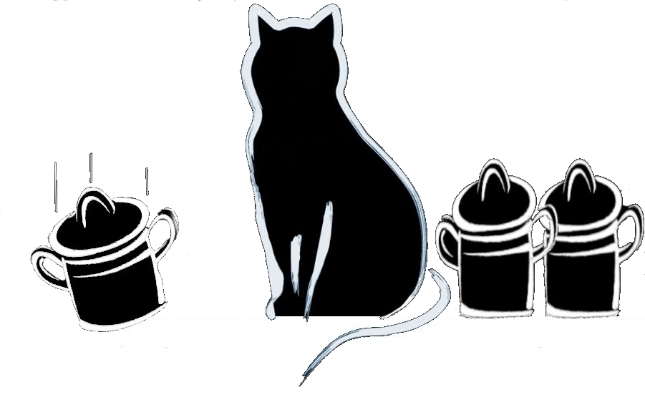The Nocturna Flora Vase. A poetic nod to dusk and the delicate weaving of nature.
Introduction
It has taken me a long time to figure out to hand build a moon vase. The original moon vase originated as a Korean moon jar which are white porcelain works. They were known for their simple and elegant forms. In my case, I’m incorporating different glazes and artistic elements.
Traditional Korean moon jars are white porcelain from the Joseon Dynasty (1392–1910). These jars have a simple, elegant design, typically made by connecting two half-spheres to form a slightly uneven, natural shape.
Selecting the Clay and Building the Form
For the unique piece I am currently working on, I am using a wonderful white clay that I’m purchasing from Sheffield Pottery. It’s specifically known as 20231g with Grog Stoneware Moist Clay. I consistently find that this particular clay works exceptionally well for most of my pottery pieces, allowing me to create the distinct textures and forms that I love.
Hand-built Vase
I hand-built this vase using coils that I made with a hand-held extruder that I purchased from Sheffield Pottery. The slip I use to hold the coils together uses vinegar. I’ve found slip with added vinegar works incredibly welI to hold coils and other things together. I often struggle to maintain symmetry in these pieces, as balancing textures and shapes is challenging.
Adding Vines and Leaves
I used the hand-held extruder to make the vines by extruding through the smallest round die that I have. After that, I used a pointed tool to create marks in the clay of the vase where I wanted the stems to go. If it didn’t look right, I’d simply smooth it over because the clay was soft enough. Using some slip, I followed those marks by filling them in and then added the stems on top of them with slight pressure. The leaves, I created by cutting them out of a thin slab of clay and them attached them along the stems where I thought it thought they looked good. I used the traditional score and slip method to attach them.
After the Bisque fire
I had to make a choice about the glazes that I would be using. I wanted to try the Two Step glazes for the background behind the stems and leaves and chose Coyote’s Coffee Bean as the first layer and Coyote’s Mottled Blue as the second layer. While the bisque fired clay is white, you see in this photo they’re a brownish yellow color. This happened because the lowermost coat of glaze is the Coffee Bean glaze. Some of it was carried onto the surface of the leaves when I was cleaning up some brush strokes with a damp sponge. I suspect this remnant of glaze could make the leaves darker.
The stems I painted with Coyote’s Hazelnut Satin glaze which is a tan color in the picture below.
The vase after covering with the Texas Two Step glazes and the Hazelnut glaze used on the stems.
Some Clean Up
I needed to do some cleaning up along the edges of the stems and leaves to rid the edges of the leaves and stems of the dark brown of the Coffee Bean glaze. Finally, I applied the Dark Green underglaze to the leaves and added a layer of clear glaze so that the leaves matched the shine of the rest of the piece. I also think the clear glaze gives the leaves a more waxy/alive feel.
After glazing, no clear glaze on the leaves yet. Firing will be next.
In Conclusion
The Nocturna Flora Vase should turn out to be a fairly dark piece. It is heading into the kiln, where fire and time will bring its final transformation! By the end of the week, it will emerge in its deepened, mysterious hue—ready to be revealed. Stay tuned for the unveiling!



